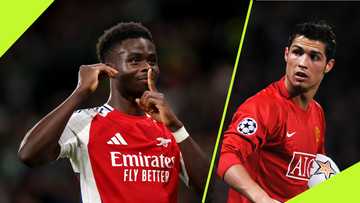What is Gegenpressing in soccer? Meaning and strategy explained
Since it first became an official sport, football has undergone several changes. Teams have employed different strategies to outplay the others, from international competitions to clubs' quests for golden cups. One such tactic is commonly referred to as gegenpressing.
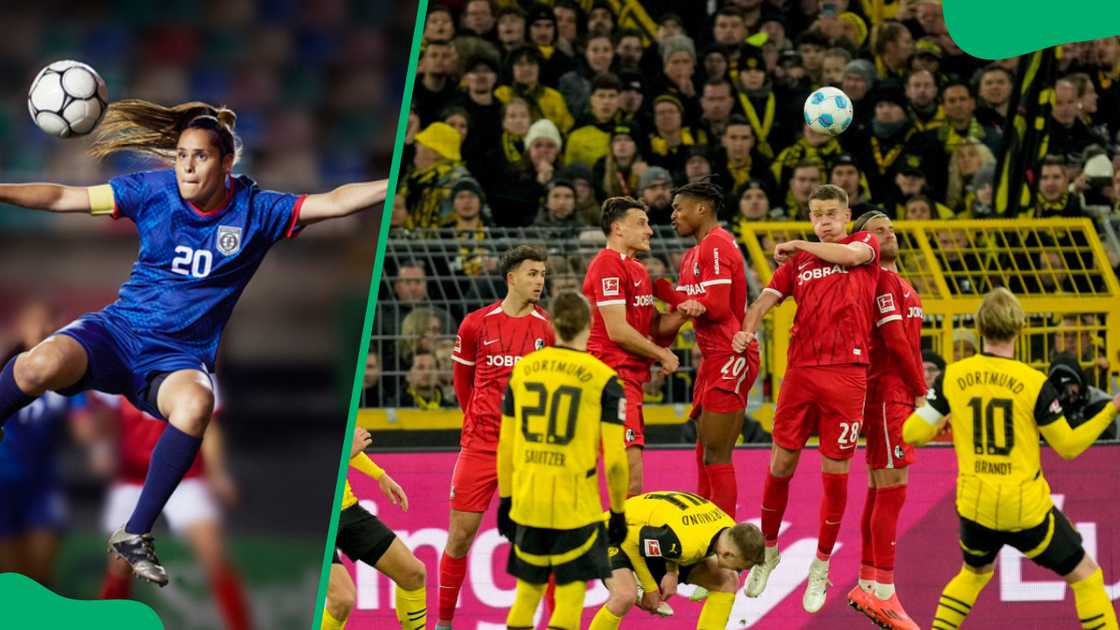
Source: Getty Images
TABLE OF CONTENTS
Gegenpressing is one of several football tactics shaping modern football, and teams are increasingly accepting it. Top European coaches now see it as their winning elixir, and when executed properly, it is exactly that. It employs a blend of discipline, tactical intelligence, and athleticism.
What does Gegenpressing mean?
According to the Soccer Handbook, gegen is German for counter. Gegen pressing is, therefore, a combination of German and English. It is an approach in soccer in which a team needs more room for opposing teams to hold on to the ball.
This often happens in the opponents' half, forcing the latter to make mistakes while preventing counterattacks. As published on Sky Sports, Jürgen Klopp remarked:
Gegenpressing lets you win back the ball nearer to the goal. It's only one pass away from a really good opportunity. No playmaker in the world can be as good as a good Gegenpressing situation, and that's why it's so important.
The Gegenpressing meaning lies in the belief that the best time to regain possession from the opponent is as soon as that team gets the ball. It employs the principle as a strategy because those moments are presumed to be when the opposing team is undecided about what to do with the ball.
This encompasses turning a defence position into attacking chances within seconds. The playing style intimidates the opposition, leaving them susceptible to blunders that could cost them inside their half.
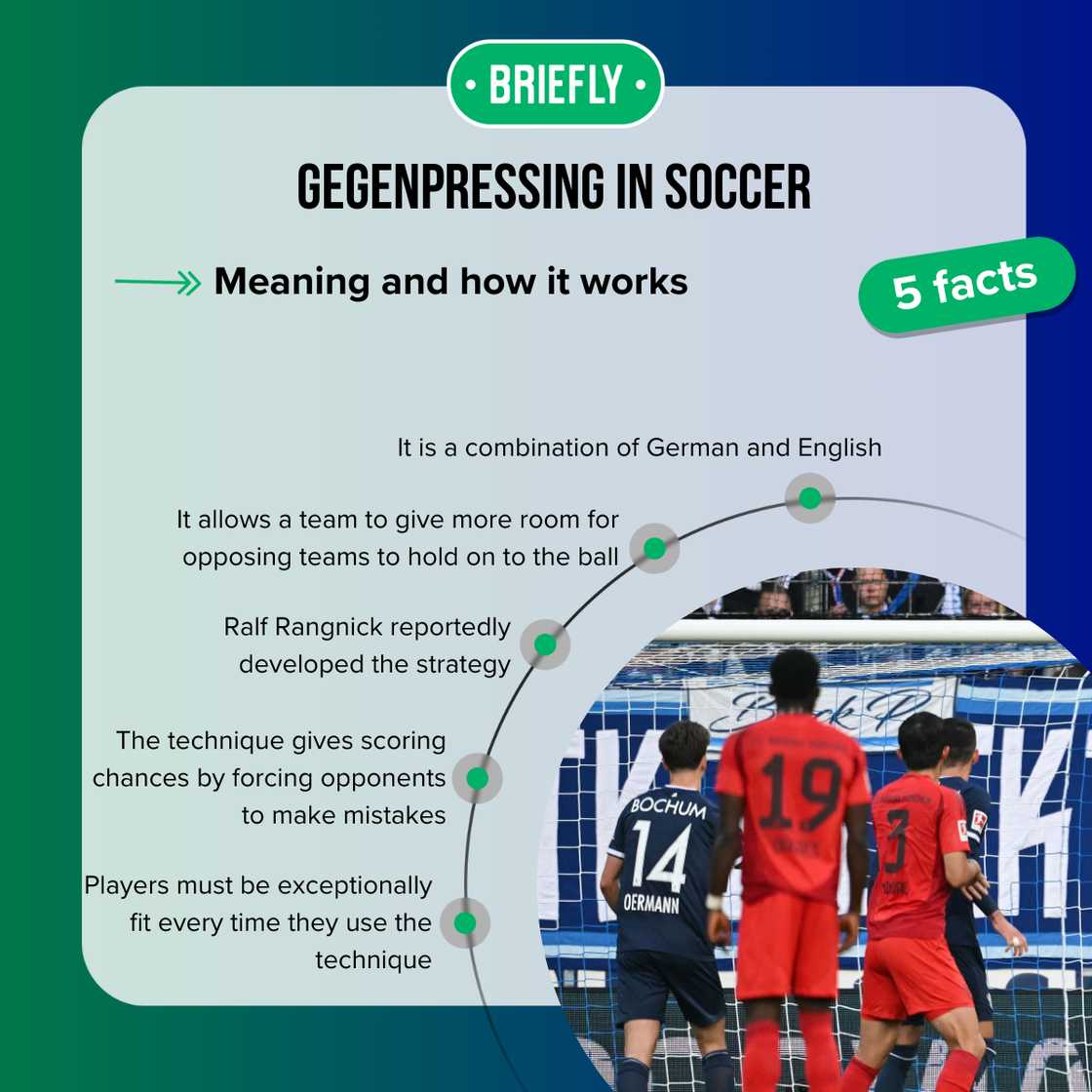
Source: Original
Who came up with Gegenpressing?
As Blame Football published, Ralf Rangnick, a German football manager, is credited with developing the Gegenpressing formation. Rangnick got the idea of this style in 1984 from Dynamo Kyiv, an opposing team. He was inspired by Kyiv's legendary coach, Valeriy Lobanovskyi, whose team pressed intensely and cohesively and thought of refining it.
Ragnick executed this high-press football as a manager with teams including Hoffenheim, RB Leipzig, and Schalke. He succeeded to the point that the media started calling him the godfather of Gegenpressing.
Ragnick focused on building a compact team that moves like one body in his refined tactical plan. High-energy pressing and quick transitions became the keys to mounting pressure on the opponent.
What is the Gegenpressing strategy?
The strategy works under precise principles developed to pressure the opposition and create attacking opportunities from their disorganisation. Some of such principles include:
High pressing
Teams operating the Gegenpressing have their defensive and midfield lines close to the opposition half instead of theirs. As such, they can stop any attack before it becomes a real threat.
Trigger-based pressing
Players are trained to quickly detect signs that an opponent is under pressure. Such pressing triggers may include poor ball control, a bad pass, or receiving the ball with the back turned away from the opponent's half. At these moments, the Gegenpressing team must press aggressively.
Collective movement
In this strategy, the team is one body moving in a coordinated effort. Any soccer player who picks up the trigger signs in opposition may initiate the press while the others rally around him to ensure the team remains compact and cohesive.
Vertical compactness
The pressing team reduces the space between the forward, midfield, and defence. With that, the opposition has little or no space to operate in.
Quick transitions
Winning the ball back from the opponent is only one of a few concerns in Gegenpressing; the focus usually shifts to attacking the opposition's goalpost as soon as it happens.
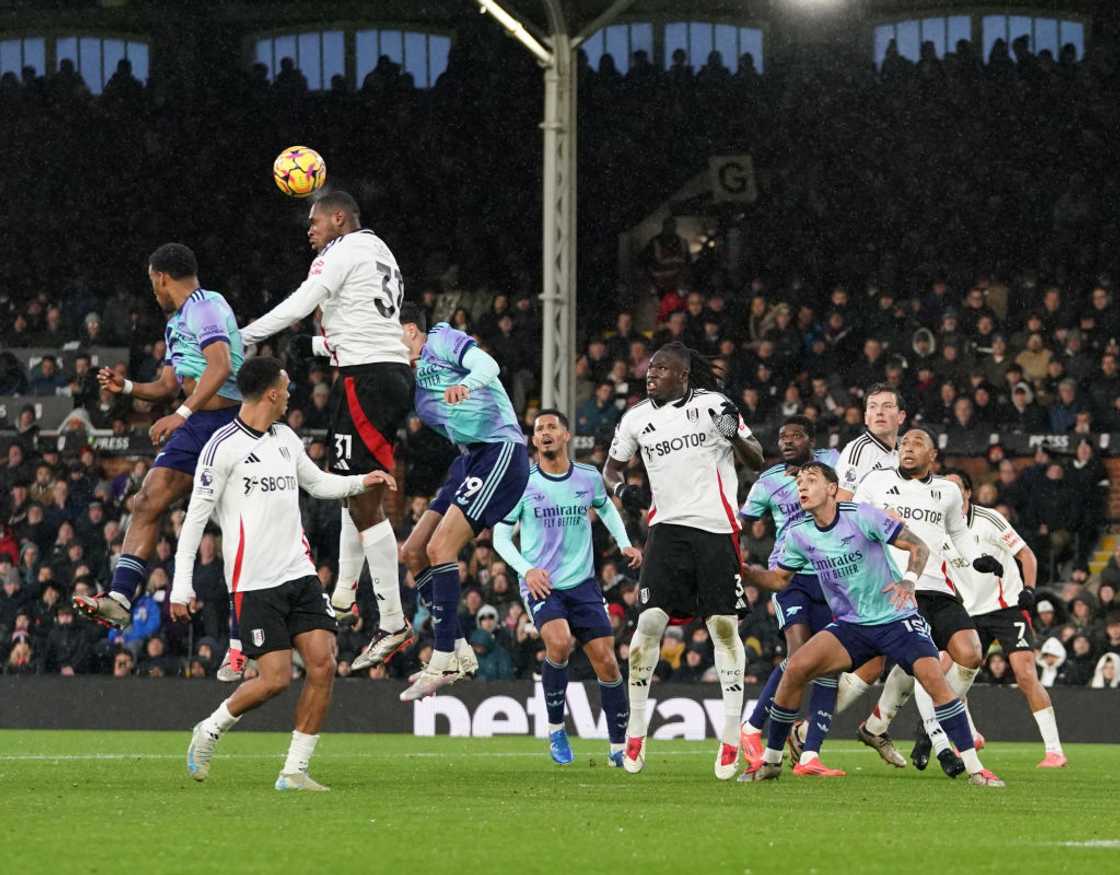
Source: Getty Images
Who invented tiki-taka?
While some credit Johan Cruyff with it, FIFA and UEFA presented awards to Niculescu in 2011 and 2014, respectively. But why is tiki-taka not used anymore? The rise of Gegenpressing and other effective playing styles meant that tiki-taka had to be rested. However, some teams still execute the style or blend it into other strategies.
What is the difference between tiki-taka and Gegenpressing?
Tiki-taka, unlike Gegenpressing, has a Spanish origin. Barcelona's Johan Cruyff was the first coach to implement it. The duo has contradictory football philosophies on maintaining possession and controlling the game.
As suggested in a This is Anfield article, tiki-taka focuses on keeping the ball at all times and for as long as possible, allowing the opponent little or no time to the ball. It is often executed in short, precise passes and a slow play movement into the opposition's half.
This means that the opponent is under intense pressure throughout the game. Pep Guardiola was successful with this tactic as a Barcelona coach. The Spanish national team has built its play around this strategy.
Tiki-taka aims to stifle opponents' buildup through persistent possession throughout the game while Gegenpressing works by creating chaos amidst the opposition's ranks. It is important to note that football manager Pep Guardiola has blended these two tactics to build formidable teams in modern football.
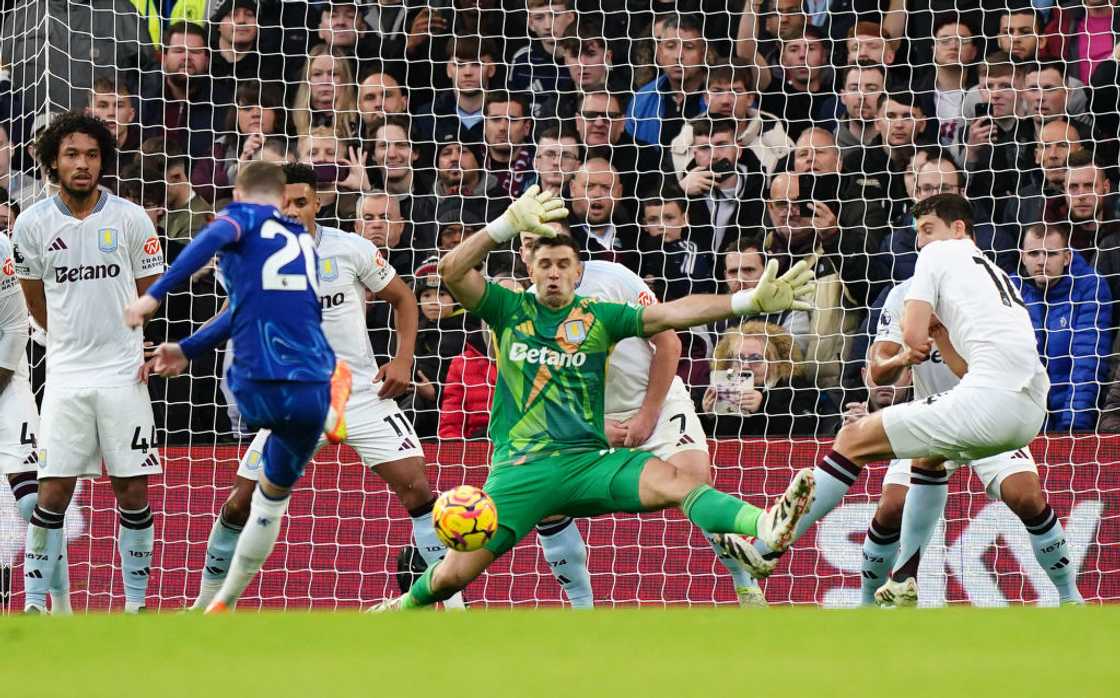
Source: Getty Images
Pros and cons of Gegenpressing
According to Coaches Voice, the football technique provides advantages such as high turnover rates and scoring chances by forcing opponents to make mistakes.
However, it requires players to be exceptionally fit every time they play. This could be difficult to achieve without an immense squad depth. There is also an increased vulnerability to counterattacks through long balls.
Gegenpressing has changed how modern soccer is executed on the pitch. It is a winning strategy that relies on team collaboration and a will to break through the opposition's half.
READ ALSO: 4-3-3 formation in soccer: Roles, strengths, and setups
As published on Briefly.co.za, the 4-3-3 formation is a tactical setup that has become popular among teams like Real Madrid and Barcelona and is renowned for balancing defence and attack.
The 4-3-3 soccer formation is balanced with four defenders, three midfielders, and three attackers. Discover more about the formation.
Source: Briefly News




